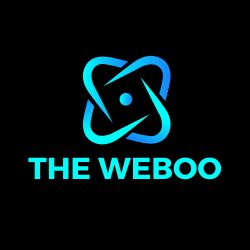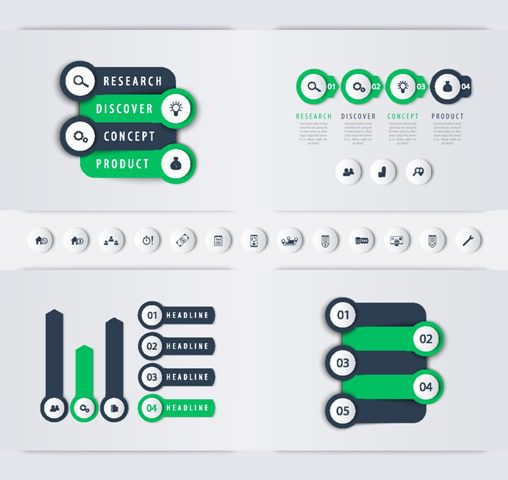A use case is a hypothetical (but plausible) scenario showing how a product’s user might interact with the product to achieve a specific goal
Product managers often employ use cases to explain how and why customers will use various parts of a product
User stories are centered on the result and the benefit of the thing you’re describing, whereas use cases can be more granular, and describe how your system will act
What is use case of a product?
Definition: A use case is a hypothetical (but plausible) scenario showing how a product’s user might interact with the product to achieve a specific goal. Product managers often employ use cases to explain how and why customers will use various parts of a product.
Are User Story and Use Case the same thing? … User Stories are centered on the result and the benefit of the thing you‘re describing, whereas Use Cases can be more granular, and describe how your system will act.
There are two different types of use cases: business use cases and system use cases. A business use case is a more abstract description that’s written in a technology-agnostic way, referring only to the business process being described and the actors that are involved in the activity.
Best practices when creating use cases to have a successful product lunch:
-Products tend to be successful when they focus on a single core use case that is important to users
-This core use case should be the main reason why users would want to use the product
-Focusing on other use cases can dilute the product’s impact and make it less successful
What is the difference between scenario and use case?
What are a use case and a use case scenario?
A use case is a set of steps that are required to accomplish a specific task or goal. … In simple words, a use case is a goal with various processes, and a case scenario represents a linear and straight path through one of the operations.
Products tend to succeed thanks to a single core use case that really mattered to users. If you have too many features, chances are that your product will not be so successful.
What is the business value of a use case?
A use case provides an explanation of what the system does, but it doesn’t explain how it benefits the users or why they would want to solve problems in this way instead of another. That’s where business value comes in.
What are use case scenarios?
Use cases can be thought of as the primary mechanism for discovering requirements. … Use Case Scenarios are like little stories about who, what, why and how something works, but on a smaller scale. It’s tempting to think that you only need one use case per system, but the reality is that there are usually many smaller use cases that will make up the primary one.
What are good practices for creating good use cases?
Here are several different techniques that will help you effectively create useful user stories:
A. Discover the why behind the what of new product features
B. Have good conversations to better understand users and their motivations
A use case scenario is a set of steps that are required to accomplish a specific task or goal. In simple words, a use case is a goal with various processes, and a case scenario represents a linear and straight path through one of the operations.
Products tend to be successful when they focus on a single core use case that is important to users
This core use case should be the main reason why users would want to use the product
Sometimes it’s challenging to pinpoint a single core use case that’s important to users
FAQ
What are 3 C’s in user stories?
Whether you are a newbie or a seasoned veteran, the 3 C’s of User Stories help keep the purpose of the user story in perspective.
- The first C is the user story in its raw form, the Card. …
- The second C is the Conversation. …
- The third C is the Confirmation.
What are examples of user stories?
A user story is a brief statement from the end-user’s perspective about a feature. Requirements are defined using user stories, which can be divided into smaller parts to manage complexity and risk.
How do user stories map to business requirements?
User stories typically come in two forms: As a [role] I want [feature or capability] so that [benefit]. … As long as the team has a general understanding of their product vision, they can devise user scenarios to help them better understand the requirements.
What is an epic?
An epic is a large, multi-functional requirement that typically contains numerous user stories and serves as a “bucket” for those smaller items. … An epic provides a bird’s eye view of complex or large requirements so that the team can better understand and manage them.
What are examples of epics?
As a [role] I want [feature or capability] so that [benefit]. … As long as the team has a general understanding of their product vision, they can devise user scenarios to help them better understand the requirements.
What is a story map?
A story map is a visual representation of the flow from one user scenario to the next, typically showing all of the key steps involved in using a system. … A story map is used as an instrument to uncover requirements and create better understanding across the team.
What is a persona?
A persona is an archetype that represents the goals, objectives, attitudes and behaviors of different user groups in order to simplify communication between stakeholders. … Having well-developed personas can help boost shared-understanding and further user research.


